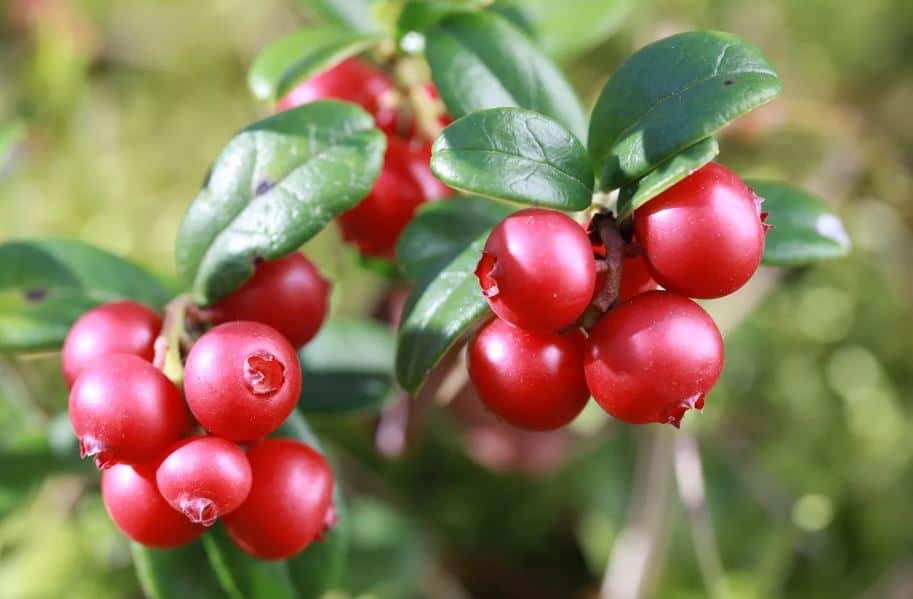The lingonberry is a berry that has not been particularly well-liked in the United States. Are lingonberries edible, and what are they? The lingonberry, used in Scandinavian cooking, is edible and tastes like cranberries. The berries are edible and used to produce a range of pastries, jams, tea, and a delightful lingonberry juice drink. Putting flavor aside, are lingonberries healthy? Read on to learn about lingonberry advantages and how to utilize and cultivate the berry.

How do lingonberries work?
Lingonberries are a part of the genus Vaccinium which includes over 450 species, including highbush blueberry (V. coymbosum) or cranberry (V. macrocarpum). While lingonberries are native to Alaska, the Canadian Pacific Northwest, Europe, Scandinavia, and northeastern Canada, they are seldom planted despite being well-suited to chilly climates.
The lingonberry plant is an evergreen, woody, acid-loving perennial shrub growing low and spreading. It expands to a height of 1 foot (0.3 m) and a width of 3 feet (0.9 m). Rhizomes help the plant expand under the earth.
Bees pollinate the hermaphrodite lingonberry. The seeds mature from August to October, and the plant blooms from May to June.
Lingonberry grows best in sandy to loamy, wet, well-draining soil and partial to full sun. It is ideal for the soil to have a pH between 4.5 and 5.5.
About Lingonberry Fruit
The resultant lingonberry fruit is tiny, crimson to dark red, and acidic. As said, the fruit is seldom farmed and instead collected wild. In actuality, just 71 acres of commercial lingonberry land existed. Why are lingonberries not grown on farms?
Lingonberries are particular about where they may grow. They only bloom twice a year on plants at least a year old and favor cooler climes (USDA zones 2-4). Mimicking these circumstances makes farming the fruit difficult and costly, but lingonberry cultivation has just started in the Pacific Northwest.
Can You Benefit from Eating Lingonberries?
You will do your body a favor if you can get your hands on lingonberries. Lingonberries are rich in antioxidants, anthocyanins, & flavonoids. The berries also have a lot of vitamin C in them. Lingonberry Uses Lingonberries are being used much the same as cranberries. They may be used fresh, dried, frozen, juiced, or processed after being harvested in the late autumn following the first frost. The processed Lingonberries may be made into canned preserves like jam, relish, chutney, or even catsup.
Lingonberries that have been juiced may be consumed immediately, frozen, or added to other dishes. Mixing the juice with allspice, cinnamon, cloves, and nutmeg produces a delightful hot spiced lingonberry juice. You may make lingonberry fruit leather by mixing the juice with sugar, unsweetened applesauce, and a little drying time.
The Scandinavians have a tonne of dessert dishes that incorporate lingonberries. Try “troll cream,” a typical Norwegian delicacy containing sugar, egg whites, and lingonberries beaten into a pink, fluffy, sweet mousse.
A delicious lingonberry banana jam is produced when lingonberries, bananas, sugar, water, and pectin are boiled together.
Lingonberry leaves may also be steeped to create tea. However, it should not be eaten daily since it contains arbutin toxin.

